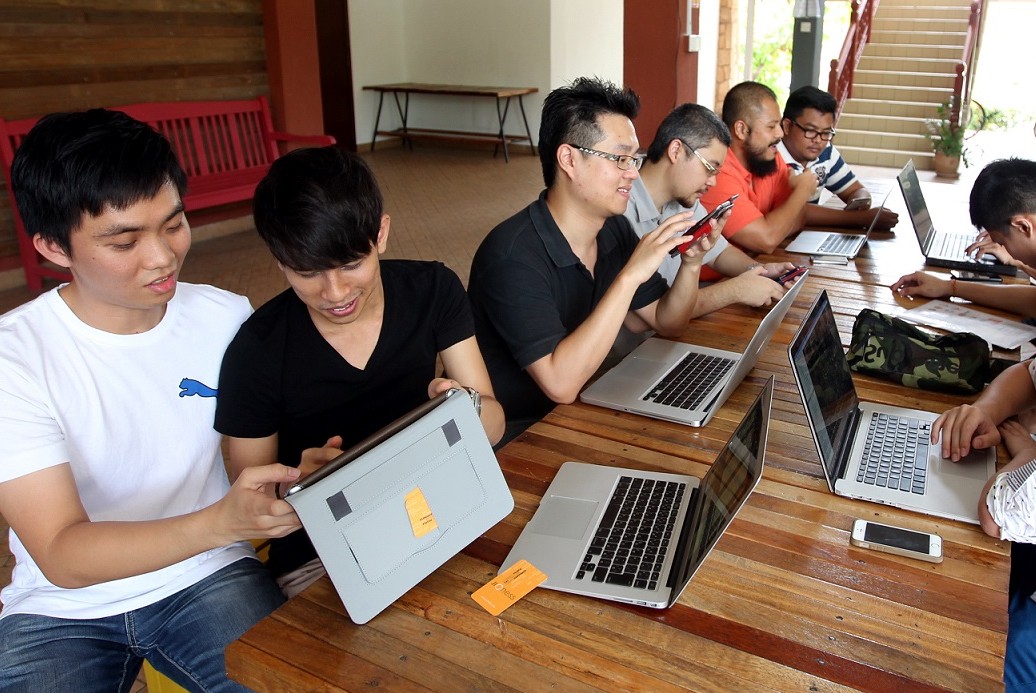Want to launch your own tech startup, but not sure how? Here are five basic tips from StartupHouse programme director Inbaraj Suppiah.
1) Make products that people want
Sometimes, startup companies think they have brilliant ideas and people will use their app. But they don’t realise that these apps are already available or someone has done it but failed. So, do lots of market research and surveys to find out if people are interested in it. Then you’ll know what the users want and you can build something they need. Only then will your app be successful.
RELATED STORY: Five groups of aspiring techpreneurs receive three-month training at StartupHouse
2) Funding is not your source of income
When people want to make a cool app, they start looking for investors. Once they receive RM50,000 or RM100,000, they consider that an achievement. But that’s only your starting point. You still have to work hard to earn money and return it to the investors. So by right, your product should be the one generating money. That way, it’ll be a business and the app will be sustainable.
3) Have a business partner
It’s common to have at least two co-founders when you set up a company (investors prefer this). But there are people who are afraid that their partner might cheat them, so they choose to fly solo.
But at some point, you’ll realise that you can’t do everything on your own. Having a partner from day one is good for the business because you’ll have somebody to bounce off ideas with, and ultimately grow the business together.
If you find a partner after having already built something, it might get tricky because there’ll be some ownership issues between the founder and the partner.
RELATED STORY: Meet the teams at StartupHouse and the apps they’re working on
4) Don’t outsource your product
Try to build your own product because you might end up spending more money on product development and won’t have the flexibility of improving your product anytime you want.
Any modification or upgrade might cost extra. That’s why most investors prefer startup companies with their own in-house developer or tech partner so the money can be used for marketing and expansion instead. Based on my experience, investors prefer startup companies with at least one tech co-founder.
5) Be in touch with reality
A lot of people get into the startup scene because they read fairytale success stories from Silicon Valley, watch inspirational movies, and think they can create an app and instantly make tonnes of money. It’s different in reality, so keep your feet on the ground, expect some rough patches but don’t give up.







Tell us what you think!